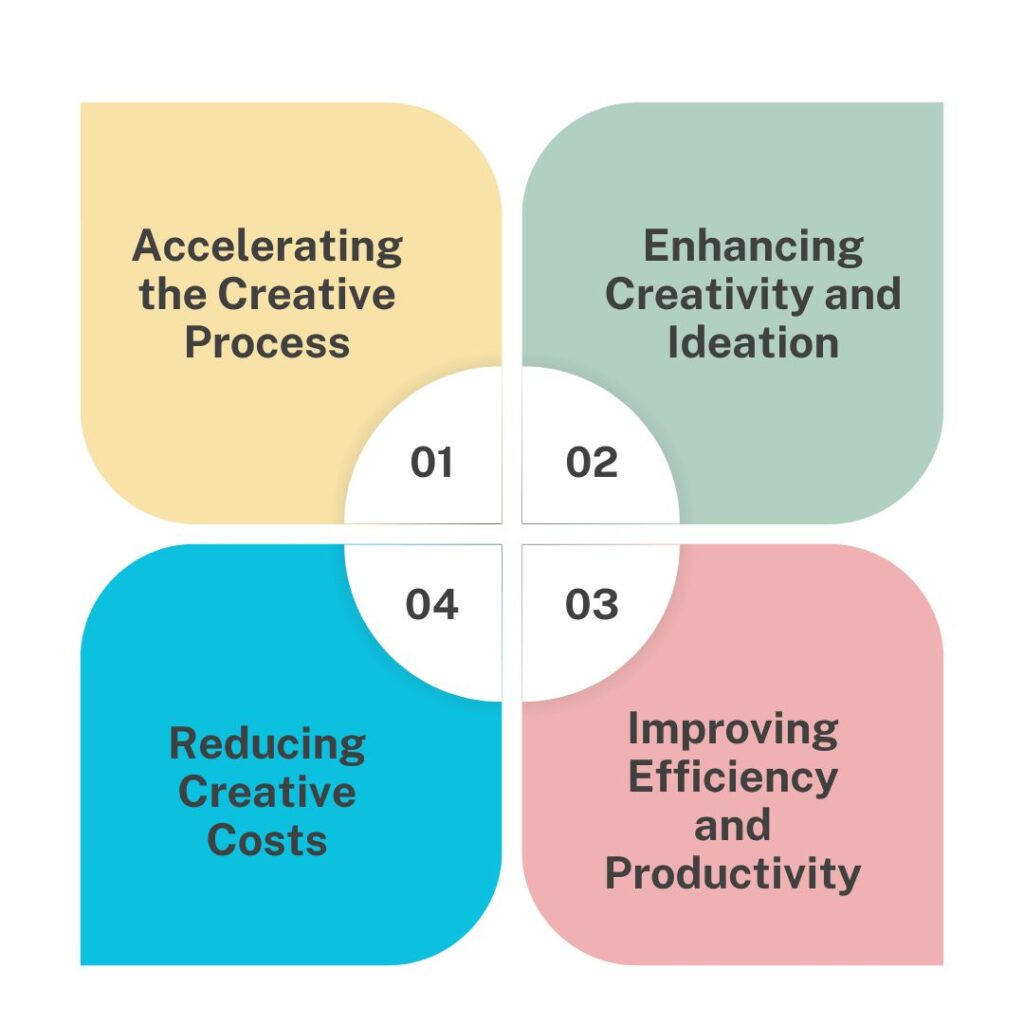The rise of text-to-image AI models has been a game-changer for the marketing industry. These powerful tools are transforming the way creatives and marketers approach their work.
Marketers might use text-to-image models in the creative process to quickly sketch ideas and concepts without needing advanced design skills. These models allow them to generate various visual options based on simple text descriptions, saving time and effort in the creative process.
In this post, we will explore why marketers are increasingly using text-to-image models in their creative workflows and the potential benefits and considerations of using these cutting-edge technologies.
Table of Contents
- Understanding Text-to-Image Models
- Reasons Why Marketers Use Text-to-Image Models
- Potential Challenges and Considerations
- Conclusion
Understanding Text-to-Image Models
Text-to-image models are a type of artificial intelligence technology. These models can take a text description as input and generate a unique image based on that description.
The process works by feeding the text description into a machine learning algorithm. The algorithm then analyzes the text and uses that information to create a corresponding visual representation.
For example, if you provide the text “a happy dog playing fetch in a grassy park”, a text-to-image model would generate an original image that matches that description. The resulting image would be a unique creation, not just a copy of an existing photo.
Text-to-image models use advanced neural networks and computer vision techniques to translate the textual input into a visual output. They have become increasingly sophisticated, allowing for the creation of highly detailed and realistic-looking images.
Some of the most well-known text-to-image models include DALL-E, Midjourney, and Stable Diffusion. These tools are opening up new possibilities for creative expression and visual content generation.
Reasons Why Marketers Use Text-to-Image Models

Marketers have found several compelling reasons to incorporate text-to-image models into their creative workflows. Let’s explore some of the key benefits:
Accelerating the Creative Process
Text-to-image models allow marketers to quickly generate visual concepts and ideas based on simple text descriptions. This can significantly speed up the ideation phase, as marketers no longer need to spend time manually sketching or hiring designers to bring their ideas to life.
Enhancing Creativity and Ideation
These models can also spark new and unexpected creative ideas. By translating text prompts into visual outputs, marketers can explore unconventional concepts that they may not have thought of on their own. This can lead to more unique and innovative marketing materials.
Improving Efficiency and Productivity
Generating a high volume of visual assets is an essential part of modern marketing. Text-to-image models enable marketers to produce a wide variety of images and graphics quickly and cost-effectively. This improved efficiency can save time and resources, allowing marketers to be more productive.
Reducing Creative Costs
Using text-to-image models can also help reduce the need for professional designers, at least for certain types of visual content. This democratizes the creative process and makes it more accessible for marketers with limited design skills or budgets.
Overall, the ability to rapidly translate text into visuals, explore new creative directions, and create assets efficiently are just some of the key reasons why marketers are increasingly turning to text-to-image models in their work.
Potential Challenges and Considerations
While text-to-image models offer numerous benefits for marketers, there are also some potential challenges and considerations to keep in mind:
Quality and Consistency of Generated Images
The quality and consistency of the images generated by these models can vary. Depending on the specific model and the complexity of the text prompt, the resulting visuals may not always meet the high standards required for professional marketing materials.
Ethical Concerns Around AI-Generated Content
There are also ethical concerns around the use of AI-generated content, especially when it comes to using these models to create images for commercial purposes. Marketers need to be mindful of issues like intellectual property rights and the potential for the misuse of this technology.
Integrating Text-to-Image Models into Workflows
Effectively incorporating text-to-image models into existing marketing workflows can also present some challenges. Marketers may need to adapt their processes and find ways to seamlessly integrate these new tools into their existing creative pipelines.
Despite these considerations, the benefits of text-to-image models for marketers are substantial. By carefully navigating the potential pitfalls and finding ways to effectively leverage these technologies, marketers can unlock new levels of creativity, efficiency, and productivity in their work.
Conclusion
In conclusion, text-to-image models are quickly becoming an essential tool in the marketer’s toolkit. These powerful AI-driven technologies allow marketers to rapidly generate visual concepts, explore new creative ideas, and produce a high volume of content more efficiently.
While there are some challenges to consider, the benefits of using text-to-image models in the creative process are clear – saving time, boosting productivity, and unlocking new avenues for creative expression.
As these models continue to evolve, marketers who embrace this technology will be well-positioned to stay ahead of the curve and deliver more innovative and effective marketing campaigns.

Ajay Rathod loves talking about artificial intelligence (AI). He thinks AI is super cool and wants everyone to understand it better. Ajay has been working with computers for a long time and knows a lot about AI. He wants to share his knowledge with you so you can learn too!


Your blog is a constant source of inspiration for me. Your passion for your subject matter shines through in every post, and it’s clear that you genuinely care about making a positive impact on your readers.